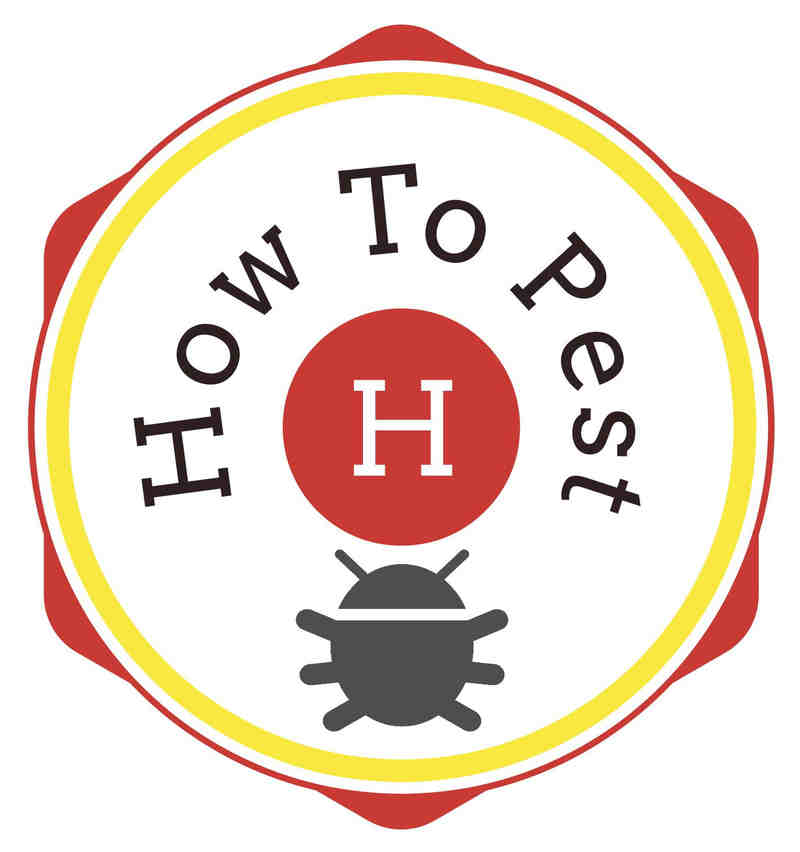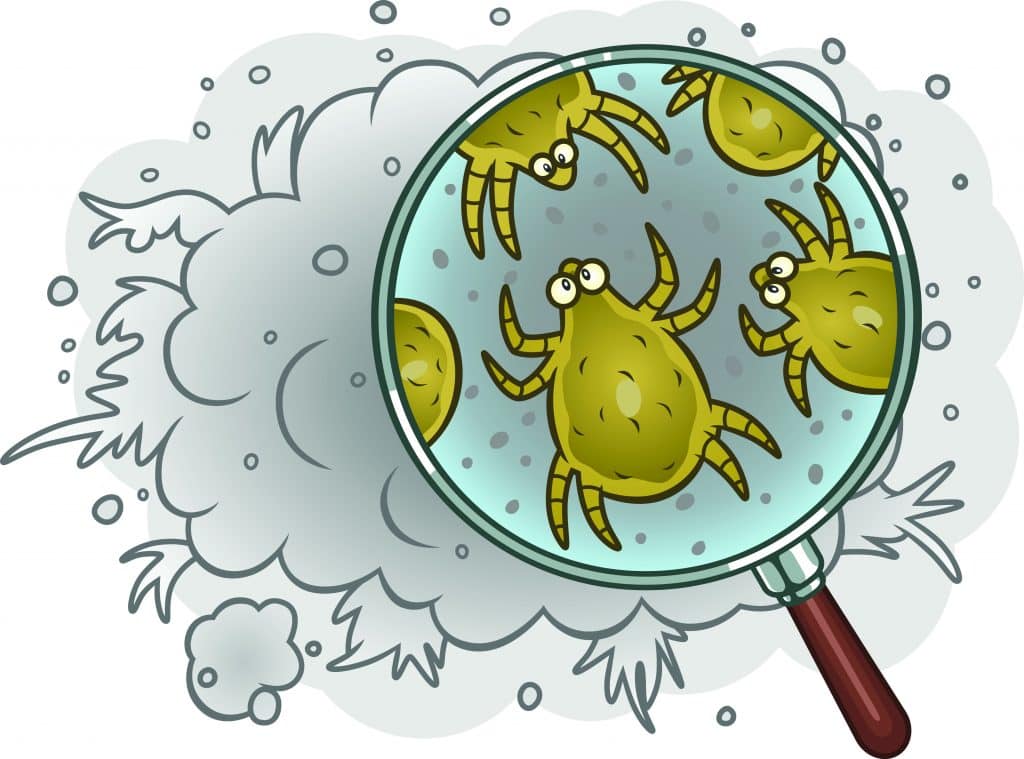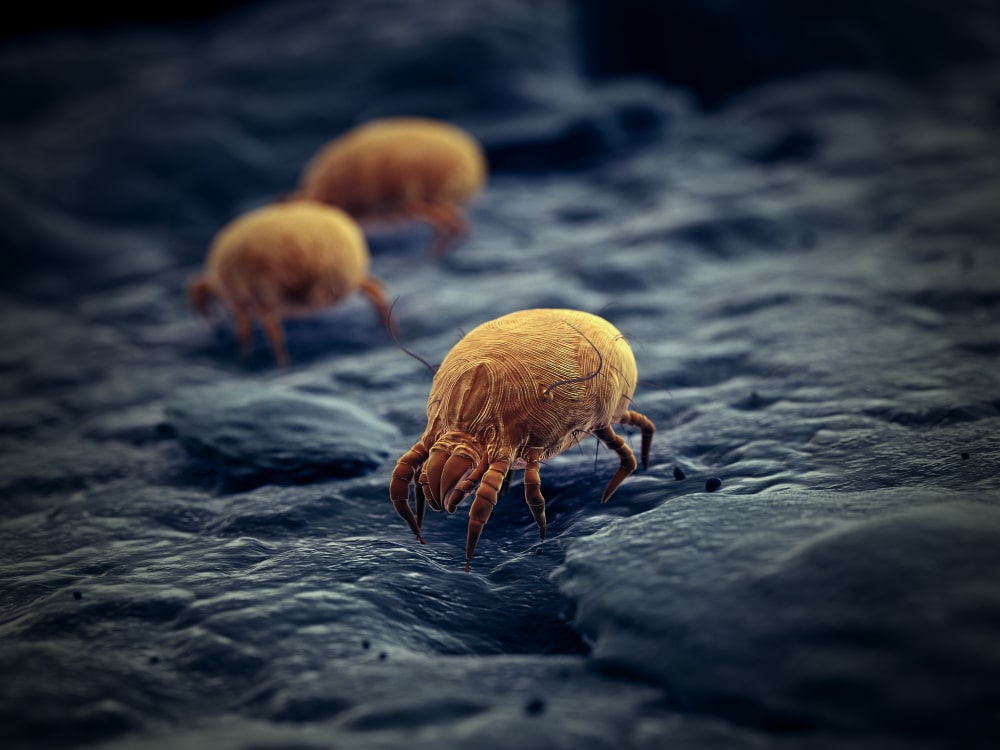This might not be what you want to read, but mites are pretty much everywhere and pretty much everyone has them, especially since there are even mite species that can only survive on human skin. Try not to think about it too much, or you might not ever sleep again. Given that there are thousands of mite species, the problems come when you have certain types of mites. But before we go into that, what exactly is a mite, you ask? Well, let me enlighten you on all things mite.
Mites are arthropods. Hold on to your hat because I am about to drop some big words. Arthropods are invertebrates that have an exoskeleton, a segmented body, and pairs of jointed appendages. Ok. Enough with the long words. They are exhausting. Anyway, they start out as eggs, move on to the larval and pupal stages, and slide right into full maturation. Darn it, there went another big word.
Family Relations….
Mites are closely related to ticks and spiders, think first or second cousins. They measure less than 1 millimeter in length, so unless you have bionic eyes or a magnifying glass in hand, it is likely you haven’t actually seen them, which if they live on the human body, not seeing them is a very good thing. They are versatile and have the ability to live on land and in water. Most types of mites feed on other insects or on dead plant and animal material. There are even some that prefer to dish up a good ol’ plate of dead skin cells.
With the thousands of mite species out there, they have a variety of ways they can cause damage, including spoiling food, bites on humans and animals, destroying crops, and even causing asthma attacks. There are some species that are parasitic in nature and take up residency in the respiratory tracts of their hosts, while others can transfer dangerous diseases. Talk about a wide range of ways they can cause a ruckus.
So, of these thousands of mites, the ones that seem to affect people the most are chiggers, scabies, rat mites, bird mites, the not-so-popular Northern fowl mites, and dust mites.
Chiggers are a particular species of mite that bites during its larval stage of development. Their bites then produce super itchy red welts that can turn into other infections.
Scabies is caused by an infestation by teeny tiny mites that burrow into the upper layer of the skin where it lives and lays its eggs. For your sanity’s sake, try not to think about this too much. Talk about the heebeejeebees on steroids.
Rat mites, bird mites, and fowl mites can’t live on a human host but they can sure dig their teeth into them leaving itchy irritated skin.
Dust mites are probably one of the most well-known types of mite. Just like pollen or mold or pet dander, dust mites are one of the most common allergens, which means they can cause allergic reactions and are even able to trigger asthma attacks. Whoever said that big things come in small packages probably wasn’t thinking about a mite, but it still holds true. One small thing can cause big problems.
Need to Get Rid of Mites?
So, what is there to do about these mites? First off, get out that vacuum and get to work. Once it is filled, do it again. And again. Day in and day out. While you are doing that, have a look at the products that HowToPest.com has to help with any mite problem you “mite” have. The solution to your mite issue is just a click away!







